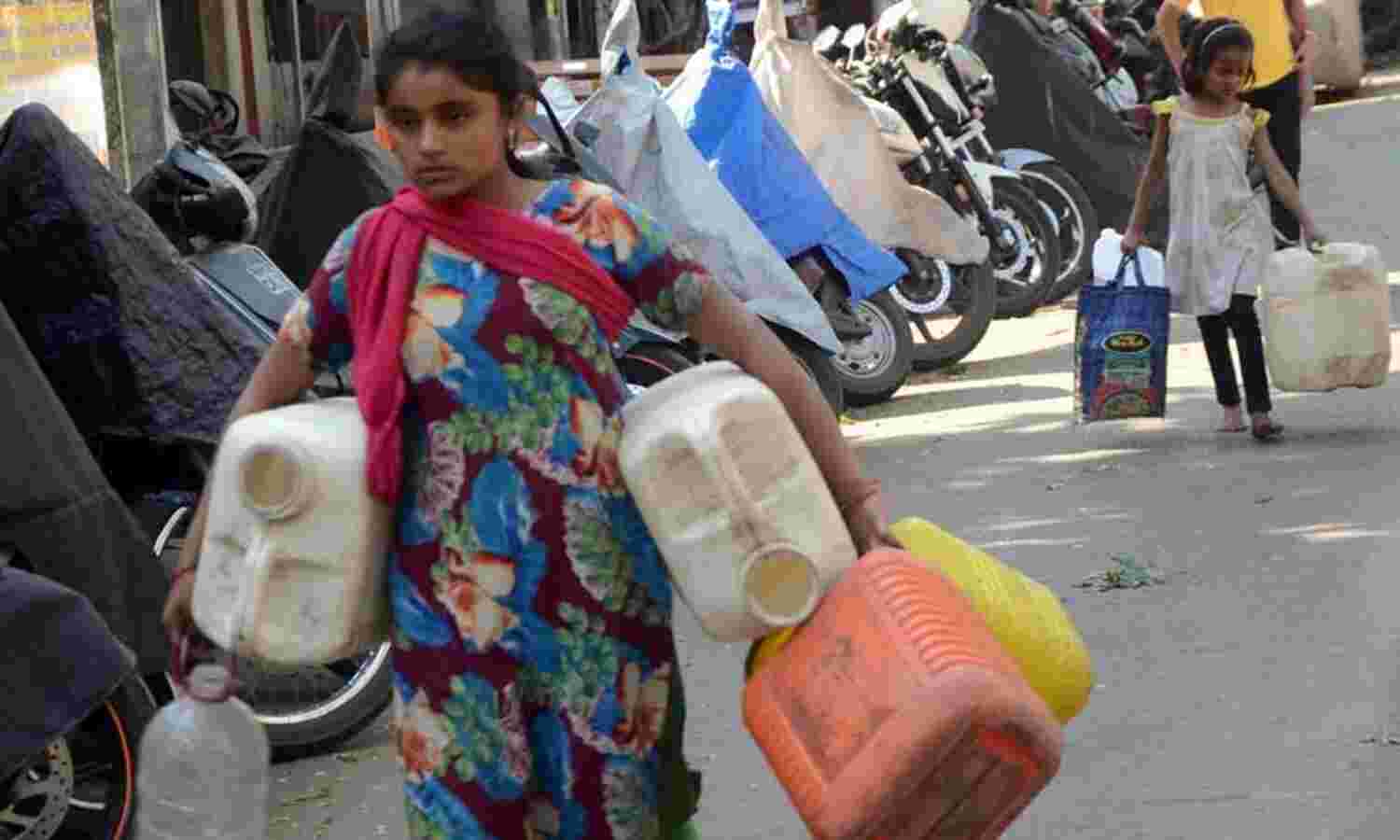Why Bengaluru May Run Out Of Drinking Water In 12 Years

On February 11, 2018, the British Broadcasting Corporation (BBC) put Bengaluru on a list of 11 major cities in the modern era likely to run out of drinking water.
Karnataka’s capital, Bengaluru is the third most populous city and the fifth largest metropolitan area in India. It is the only Indian city on the list, even though many large Indian cities are already water-stressed, and India is projected to fall 50% short of its fresh water needs by 2030, as per this 2010 study by the Asian Development Bank.
The BBC blames a spike in population growth and new property developments, Bengaluru’s struggle to manage its water and sewage systems, and a colossal waste of drinking water due to poor plumbing. Let’s take a quick look at the data.
Rising population and water demand
Pushed by its technology industry, Bengaluru is one of the fastest growing metropolitan cities in India. The city’s population has more than doubled from 5 million in 2001 to 12 million in 2017.
At an annual growth rate of 4.23%, Bengaluru’s population is expected to reach 21.15 million by 2030--as much as the current population of Sri Lanka--according to projections in a 2016 city-profile study by World Bank-backed 230 Water Resource Group (230WRG), an advocacy.
Bengaluru’s water availability will be a third less than its requirement of about 51.38 thousand million cubic feet (TMC) per year--enough to fill 570,000 Olympic-sized swimming pools--in 2030, as per 230WRG.
Polluted water bodies
Nearly 85% of Bengaluru’s surveyed water bodies, including 398 lakes, medium-sized water-pools for cattle and micro ponds, had water that could only be used for irrigation and industrial cooling, according to the first ever in-depth inventory of the city’s water bodies prepared in 2016 by the city-based Environmental Management & Policy Research Institute (EMPRI). The two-year project was supported by the state government.
Not a single lake in Bengaluru had water suitable for drinking or bathing.
Domestic waste (44.5%) and construction debris (33%) were cited as the leading causes among the identifiable sources of water bodies’ pollution.
In addition, only 30% of the sewage is processed at treatment plants and the rest flows into existing lakes.
Distributional losses
Bengaluru wastes nearly half (48%) the water it receives for domestic use (about 30 TMC), mostly drawn from the Cauvery river.
This distributional loss is of two kinds: First, damages and leakages in the water supply system; and, second, unauthorised water connections, as IndiaSpend reported on September 16, 2016.
A contrary view
Another view is that Bengaluru has adequate supply from the Cauvery and plentiful rains. If appropriate interventions can be made to expand water harvesting, treat wastewater and better manage available groundwater, Bengaluru would not face water scarcity, Citizen Matters, a Bengaluru-based community-funded media platform reported on February 14, 2018.
Bengaluru receives an average rainfall of at least 800 mm. This translates to 2,740 million litres per day of water (if the 800 mm for 60 rainy days is spread across 365 days). Which means 109 litres per head per day water (considering population=2.5 crores), the report said.
(Tripathi is a principal correspondent with IndiaSpend.)
We welcome feedback. Please write to respond@indiaspend.org. We reserve the right to edit responses for language and grammar.


